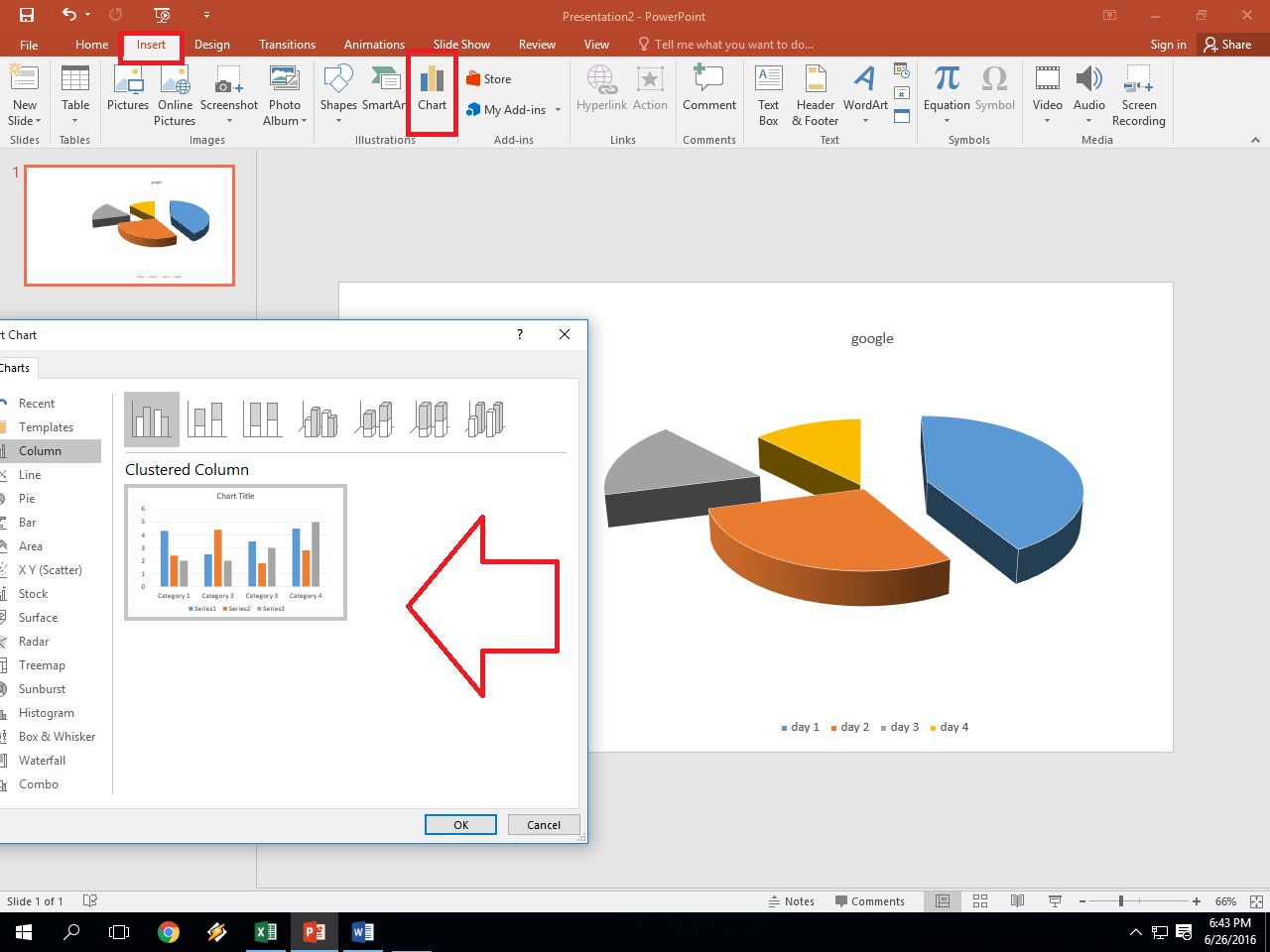5 Easy Steps to Draw Tables in Excel

Creating tables in Microsoft Excel can greatly enhance your data management and analysis capabilities. Tables provide structure to your data, making it easier to organize, analyze, and share. Whether you're organizing financial data, customer lists, or project timelines, mastering table creation in Excel can significantly boost your productivity. Here are five straightforward steps to draw tables in Excel:
Step 1: Selecting the Data

To begin, you need to select the range of cells where you want your table to appear:
- Open your Excel workbook.
- Click and drag your cursor over the cells that contain the data you wish to convert into a table.
Remember, you don’t need to include empty rows or columns since Excel will automatically extend the table when you add new data next to it.
Step 2: Creating the Table

Once you’ve selected your data:
- Go to the ‘Home’ tab on the Excel ribbon.
- Click on the ‘Format as Table’ dropdown.
- Choose a style that you like. You’ll see a live preview of how the table will look.
- Excel will ask if your table has headers. Check this box if you’ve included headers in your selection.
Your data will now be formatted into a table with filters and some basic styling automatically applied.
Step 3: Customizing the Table

Excel provides a lot of customization options to make your table look and function exactly how you want:
- Right-click anywhere in your table and select ‘Table Properties’ to change elements like the table name.
- Adjust column widths or row heights by clicking and dragging the borders in the table headers or between rows.
- To change the overall design, go back to the ‘Format as Table’ option and choose another style, or modify an existing style from the ‘Table Styles’ group.
- You can add total rows, choose custom sort orders, or filter data directly from the table.
These customizations can significantly enhance the usability of your table.
Step 4: Data Analysis Features

Tables in Excel are not just about appearance; they also unlock powerful analysis features:
- Structured References: Excel automatically creates named ranges for your columns, making formula creation simpler and more intuitive.
- Calculated Columns: Enter a formula into one cell, and it will automatically apply to the entire column, adjusting for each row.
- Auto-Filter: Use the dropdown arrows in the header row to quickly filter and sort data without using complex formulas.
Here’s an example of how structured references work:
| Item | Price | Quantity | Total Price |
|---|---|---|---|
| Widget A | 15</td> <td>10</td> <td>=Price*Quantity</td> </tr> <tr> <td>Widget B</td> <td>20 | 15 | =Price*Quantity |

🖌 Note: By default, Excel’s Structured References use the column headers to name your references. For example, in the above table, if the column header was ‘Total Price’, you would write =[Total Price] instead of manually calculating each cell.
Step 5: Maintaining and Expanding the Table

As your data grows, your table can expand easily:
- Add new rows directly above or below the table. Excel will automatically include these in the table.
- To add a column, enter data next to an existing table column, and the table will extend to include it.
- If you’ve set up calculated columns, these formulas will automatically apply to new rows, ensuring your data analysis stays current.
These five steps provide a comprehensive overview of creating and managing tables in Excel. By using tables, you not only enhance the visual appeal of your spreadsheets but also unlock powerful features that streamline your workflow. Excel's dynamic tables adapt to your data changes, making data management an ongoing, effortless process.
Why should I use tables in Excel?

+
Tables in Excel offer several advantages like structured references, auto-filtering, automatic formatting, and dynamic expansion, which greatly simplify data manipulation and analysis.
Can I revert a table back to a normal range of cells?

+
Yes, you can remove the table formatting by selecting ‘Convert to Range’ from the Table Design tab, which turns the table back into regular cells.
Do tables in Excel have limitations?

+
Tables are incredibly versatile, but they do have limitations, like the inability to merge cells within a table or their dependence on the first row for headers.



